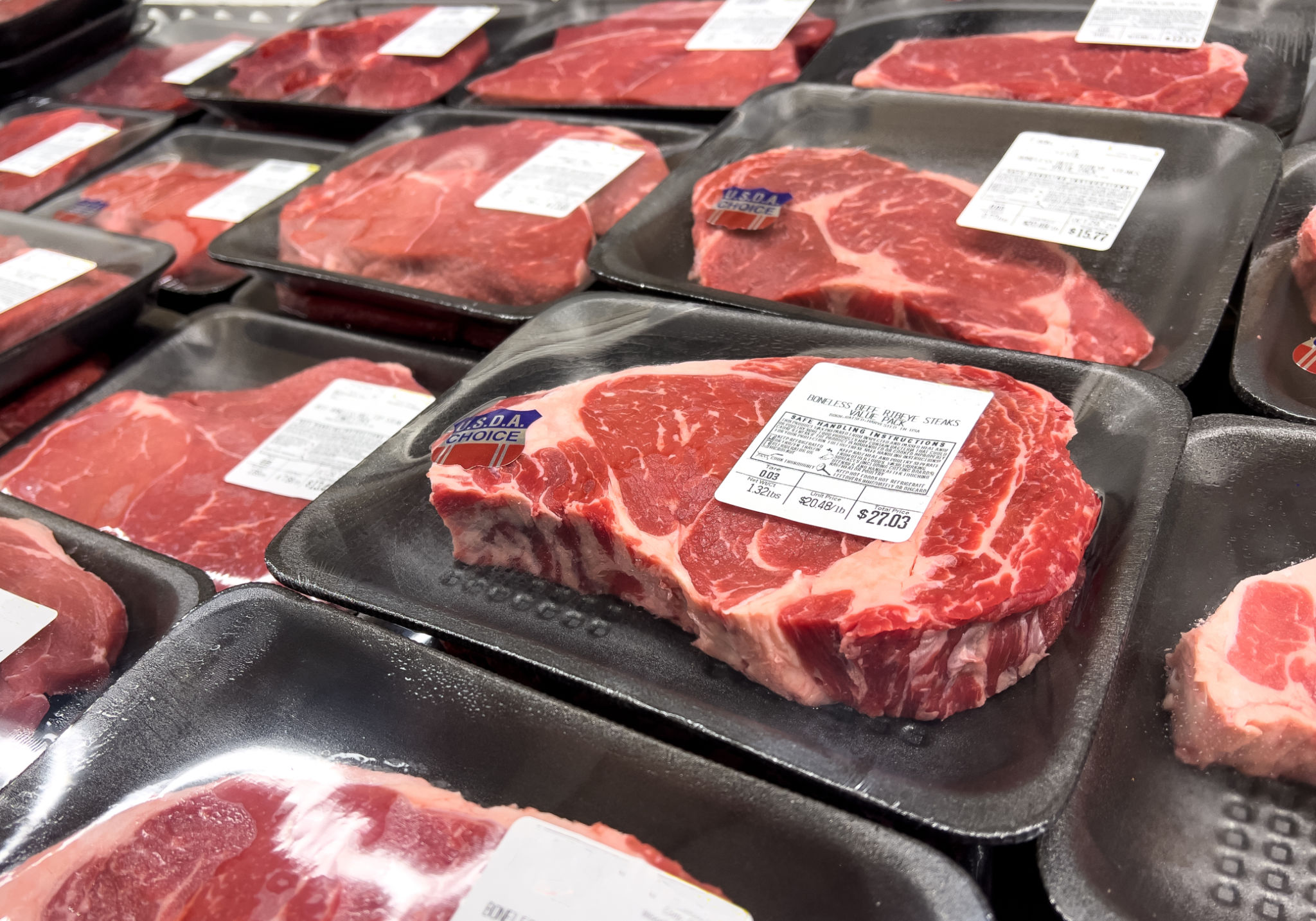Common Misconceptions About Transport Packaging: What You Need to Know
Understanding Transport Packaging
Transport packaging plays a crucial role in the supply chain, ensuring that products reach their destination in perfect condition. Despite its importance, there are several misconceptions about transport packaging that can lead to costly mistakes. In this blog post, we will explore some of these common misconceptions and provide clarity on what you need to know.

Misconception 1: All Packaging is the Same
One of the most prevalent misconceptions is that all packaging materials are created equal. This couldn't be further from the truth. Transport packaging is specifically designed to protect goods during transit, taking into account factors like weight, fragility, and environmental conditions. Using the wrong type of packaging can result in damaged goods, leading to increased costs and customer dissatisfaction.
Various types of transport packaging include corrugated boxes, wooden crates, and plastic containers, each suited for different products and modes of transportation. It's important to select the right packaging based on the specific needs of your shipment.
Misconception 2: Packaging Costs are Just an Expense
Another misconception is that packaging is merely an added expense. In reality, investing in quality transport packaging can lead to significant savings by reducing product damage, minimizing returns, and enhancing overall customer satisfaction. Well-designed packaging can also optimize storage space and reduce transportation costs by allowing more efficient loading.

Moreover, sustainable packaging options can improve a company's reputation and appeal to environmentally conscious consumers. By considering packaging as an investment rather than an expense, businesses can gain a competitive edge.
Misconception 3: Sustainability and Durability Don't Mix
Many assume that sustainable packaging options sacrifice durability for environmental benefits. However, advances in materials science have led to the development of eco-friendly packaging that doesn't compromise on strength. Materials like recycled cardboard and biodegradable plastics offer both durability and sustainability.
Choosing sustainable transport packaging can reduce your company's carbon footprint while still providing the necessary protection for your products. This approach not only benefits the environment but also enhances brand image and customer loyalty.

Misconception 4: Over-Packaging Ensures Safety
Some believe that using excessive packaging guarantees product protection. However, over-packaging can lead to increased costs and unnecessary waste without significantly enhancing product safety. It's essential to find a balance between sufficient protection and efficient use of materials.
A tailored approach to transport packaging, considering factors like product fragility and transportation conditions, ensures optimal protection without excess. This strategy helps in reducing waste and cutting costs while maintaining high standards of product safety.
The Importance of Choosing the Right Packaging
Understanding these common misconceptions about transport packaging is crucial for optimizing your supply chain operations. By choosing the right packaging materials and strategies, businesses can ensure product safety, reduce costs, and enhance customer satisfaction.
Ultimately, investing in appropriate transport packaging is not just about protecting products; it's about building a resilient supply chain that supports long-term business success. By dispelling these misconceptions, companies can make informed decisions that align with their operational goals and sustainability commitments.